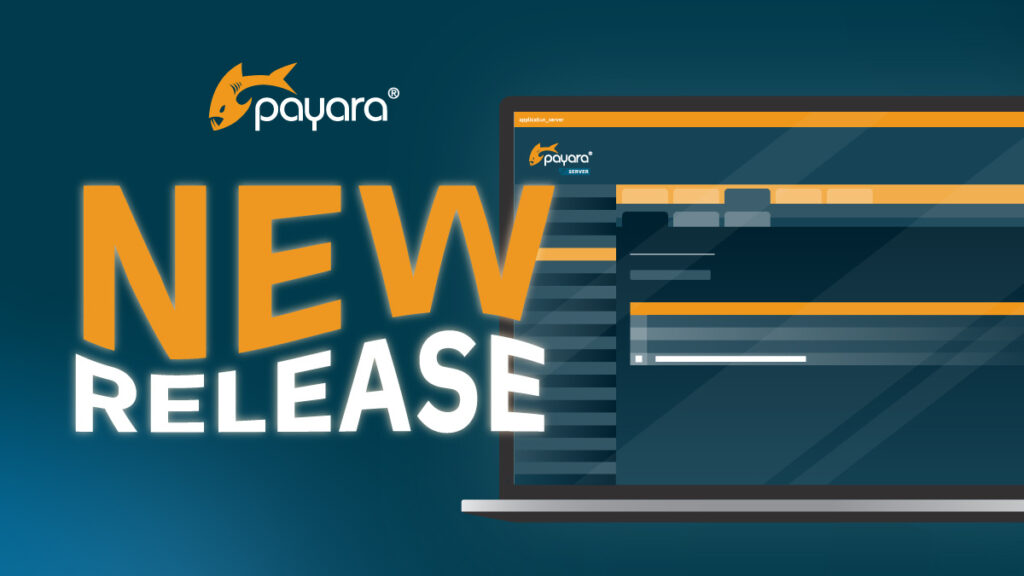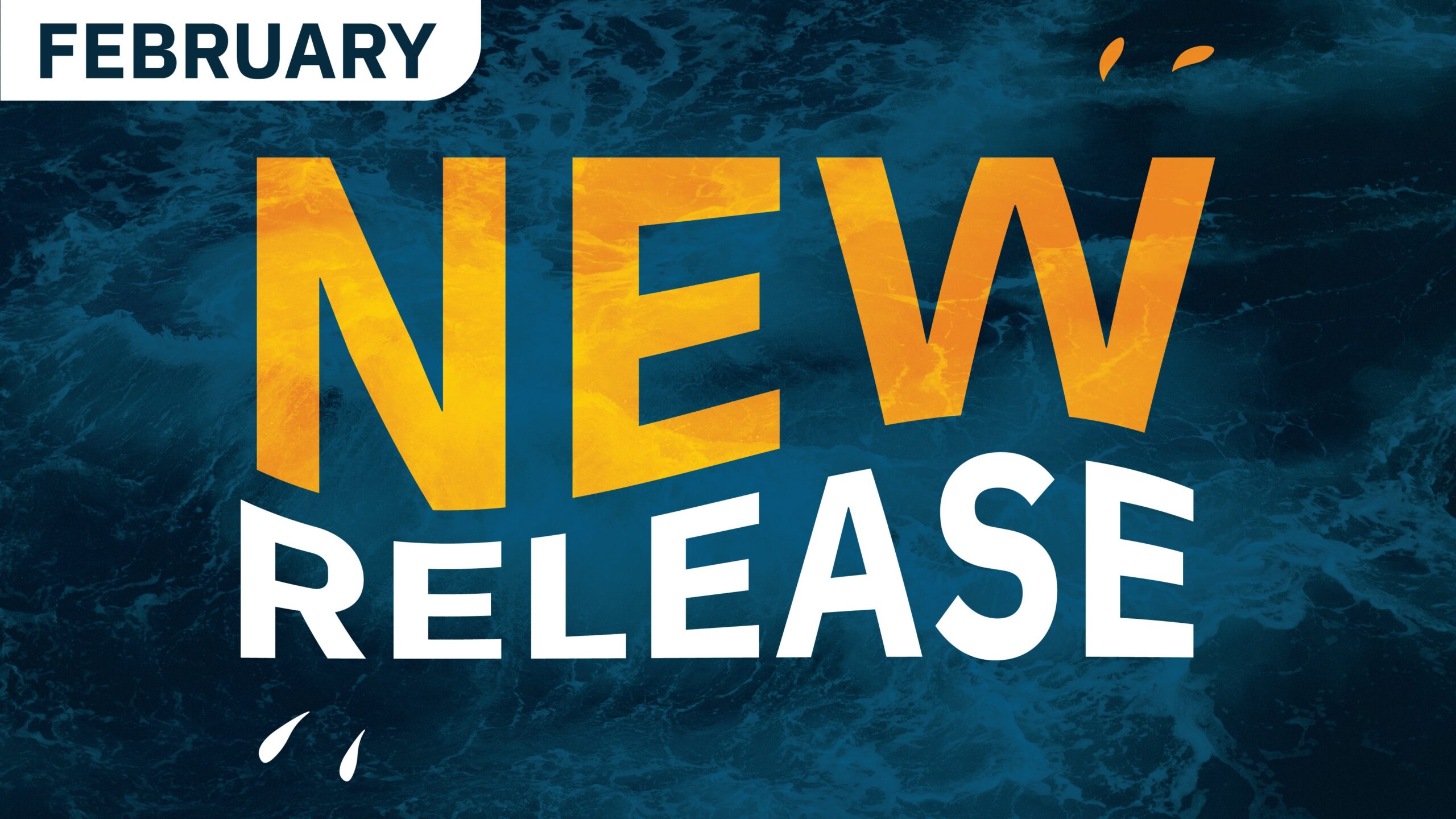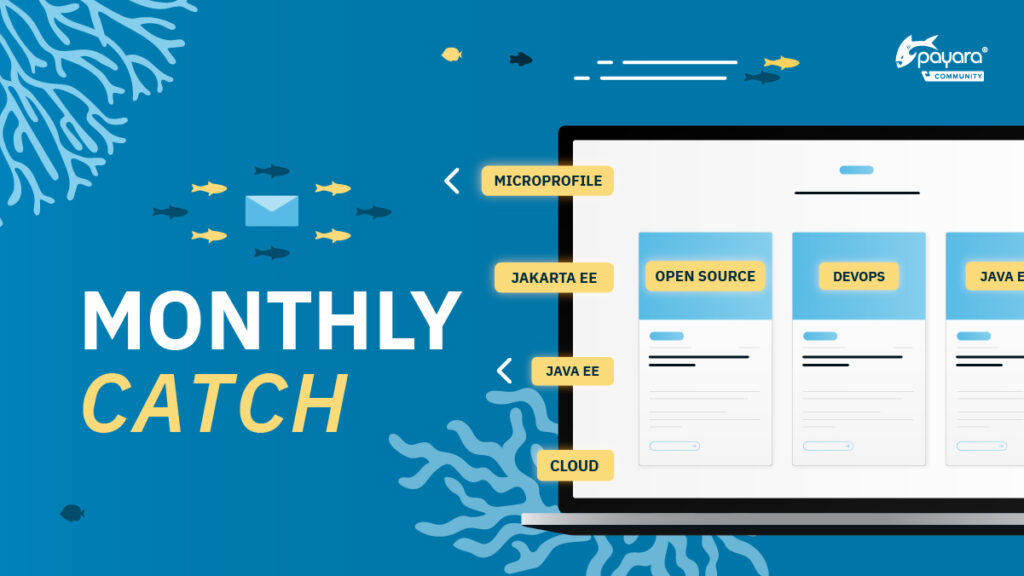 3 minutes
3 minutes
What’s New in the December 2025 Payara Platform Release?
The December 2025 releases bring targeted improvements and security updates across Payara Platform Enterprise versions 5.82.0 and 6.33.0 as […]

The February 2022 Payara Platform release is here! Payara Platform Community 5.2022.1 includes 3 improvements and 10 bug fixes. Payara Platform Enterprise 5.36 brings 3 improvements and 4 bug fixes.
We also released a second alpha version of Payara 6, with the headline news being that it now includes support for MicroProfile 5.0!
Read more below to learn about the highlights.
You can request Payara Platform Enterprise 5.36 here.
You can download Payara Platform Community 5.2022.1 or try Payara 6 here.
MicroProfile 5.0 saw dependencies updated from javax to the new jakarta namespace. This means that MicroProfile APIs can now be used with Jakarta EE 9.1.
With the implementation of MicroProfile 5.0 in Payara 6, Payara users will be able to run their MicroProfile applications in combination with the new namespace.
MicroProfile 5.0 is the very latest release of the specifications by the Eclipse Foundation, so users can soon be confident they are at the cutting edge of microservices optimization for Enterprise Java!
This marks the completion of the first step of our Payara 2022 roadmap, to be followed by incorporation of Jakarta EE 10 specifications ready for Payara 6 Beta, in Q2. Read more here.
To go back to our changes accessible in our current Payara 5 Community edition: we have found another way to speed up deployment in certain instances.
When an application is deployed, the archive is scanned for specific CDI annotations. GitHub userLukáš Kvíderanoticed that this process was very slow for his specific application – with a timeout after 600 seconds, whilst still deploying.
His enhancement streamlined the logic, by making it so that, whenever possible, the scanning is stopped when the relevant information is gathered. This removes the need to scan the entire archive.
This faster scanning process is very noticeable for large applications, with successful deployment achieved now after only a few seconds. Thank you Lukáš for your valuable contribution, now in Payara Community. It will undergo further testing before it is deemed secure enough for inclusion in Payara Enterprise.
A TrustStore in Java holds on to certificates to identify servers, like the Admin Console running on a remote installation. Your application will use it to “trust” the third party it is communicating with, for example, an external server.
The Payara TrustStore for the Asadmin CLI tool could on rare occasions get corrupted, making remote access with secure administration no longer possible through the CLI tool. We have now improved the Client code so the file is automatically repaired, avoiding interruption of the Payara Server administration. This improvement applies to both Payara Community and Enterprise.
Payara Community is intended for innovation and development. As a result, it prioritises support for only the very latest versions ofJava.
The source code for Payara 6 now uses JDK 11, which means Payara 6 alpha2 can only be run on JDK 11 or JDK 17.
When Payara 6 Community final is released – and becomes the current Community release – it will no longer run with JDK 8.
Therefore, if you want to keep running your applications safely and securely with JDK 8 in the long term, we’d recommend you move to our product with a 10-year software lifecycle, Payara Enterprise. Payara 4, usable with JDK 8, is still maintained in Payara Enterprise, and will be maintained until February 2025. This means there will still be updates, bug fixes, and platform certifications for the latest infrastructure, database drivers etc.
In short, with Payara Enterprise, you will still be able to access updates and fixes for a runtime that works with your JDK 8 applications, alongside extra features. For example, in this month’s release, Payara Enterprise accesses the ability to run an embedded EJB container via a testing framework in both JDK 8 and JDK 11. You must have Payara Enterprise to access this improvement.
The February 2022 Payara Enterprise Release (request here) includes 3 improvements and 4 bug fixes, whilst the Community release (direct download here ) offers 3 improvements and 10 bug fixes.
See a more detailed overview of the fixes and improvements in the Release Notes:
Share:
 3 minutes
3 minutes
The December 2025 releases bring targeted improvements and security updates across Payara Platform Enterprise versions 5.82.0 and 6.33.0 as […]
 5 minutes
5 minutes
November has been one of the busiest months of the year for the Java and Jakarta EE ecosystem. With […]
 3 minutes
3 minutes
Working with enterprise Java databases can sometimes feel like swimming upstream. Jakarta EE 11’s Jakarta Data helps developers glide […]